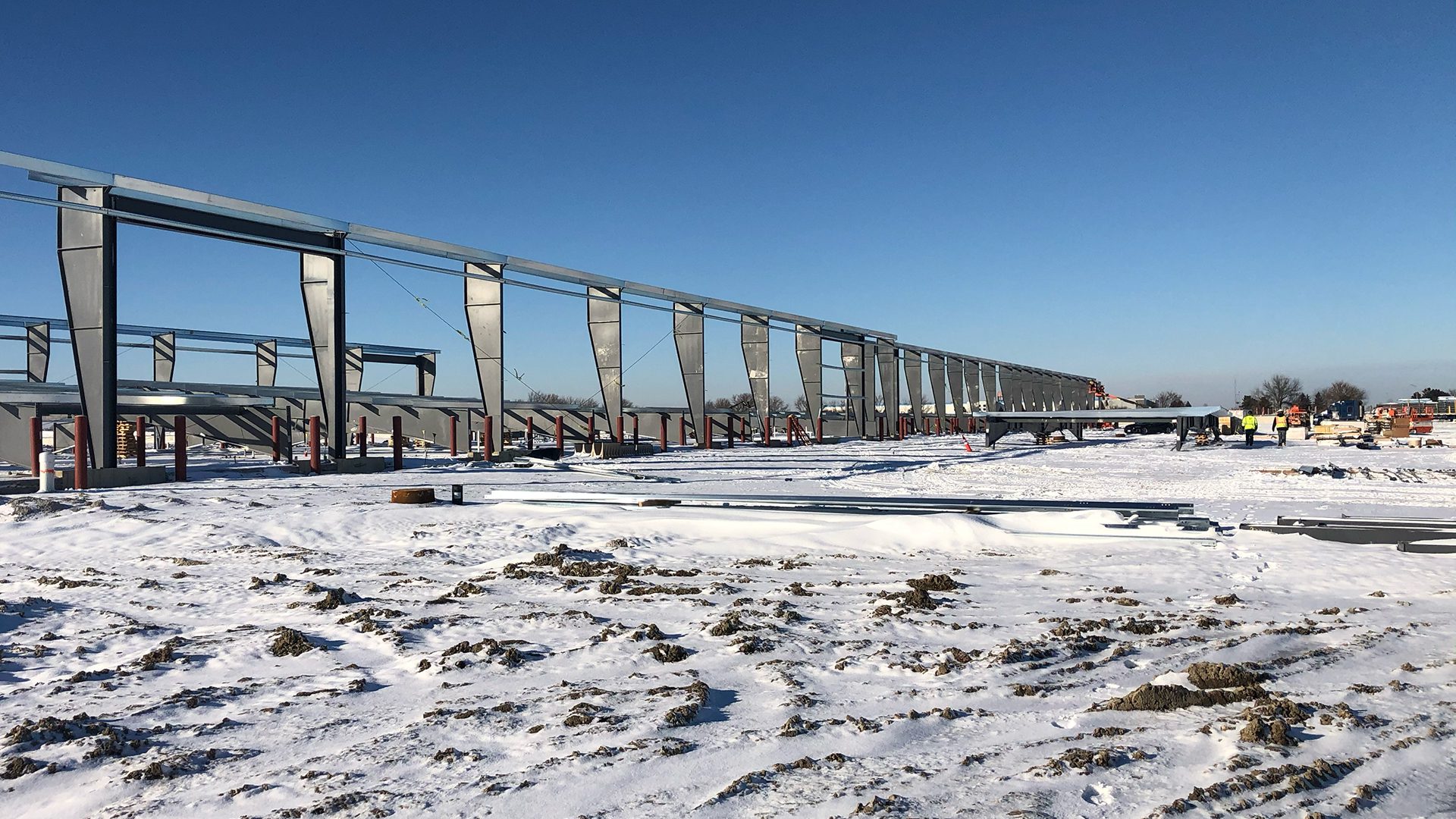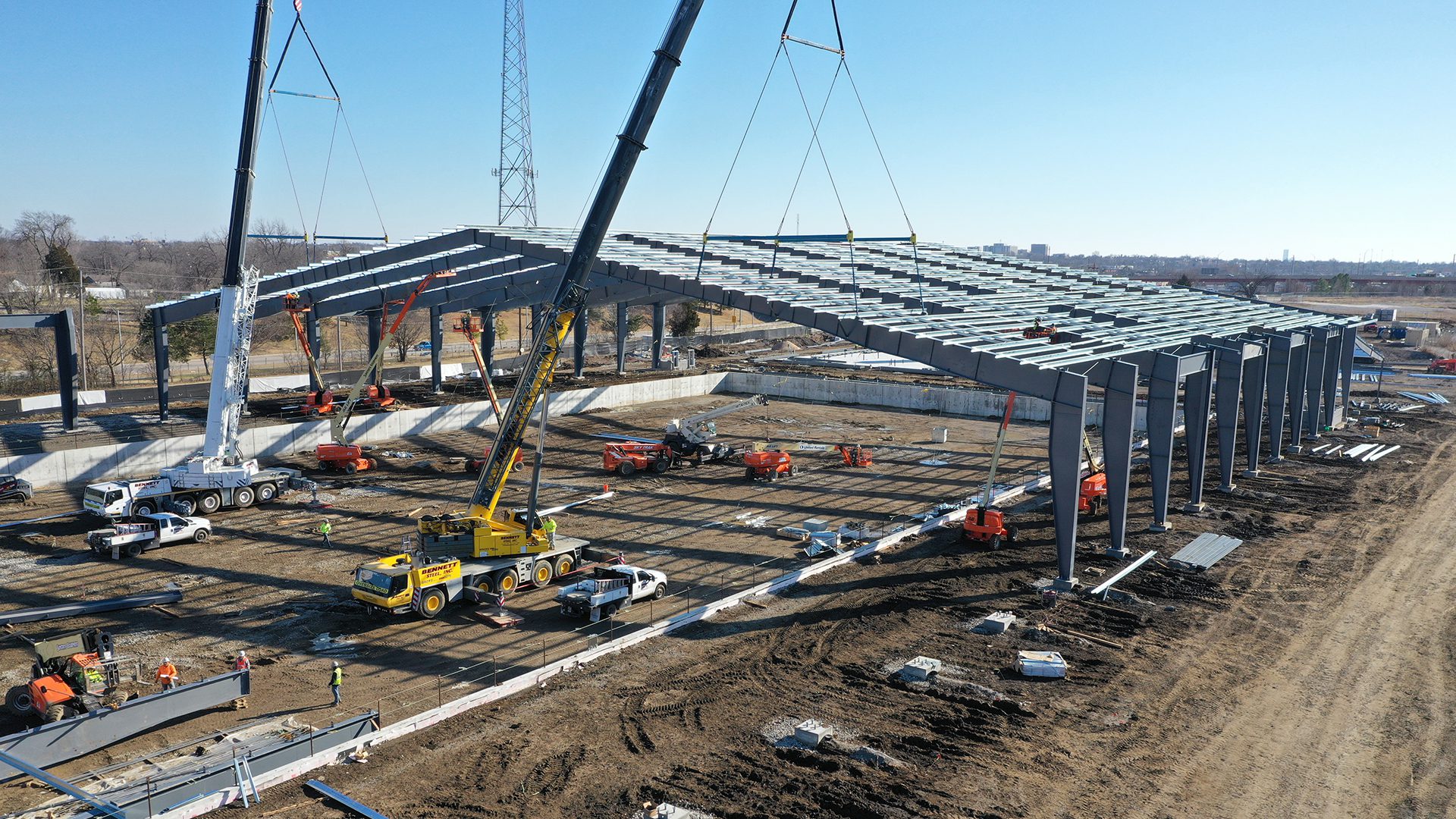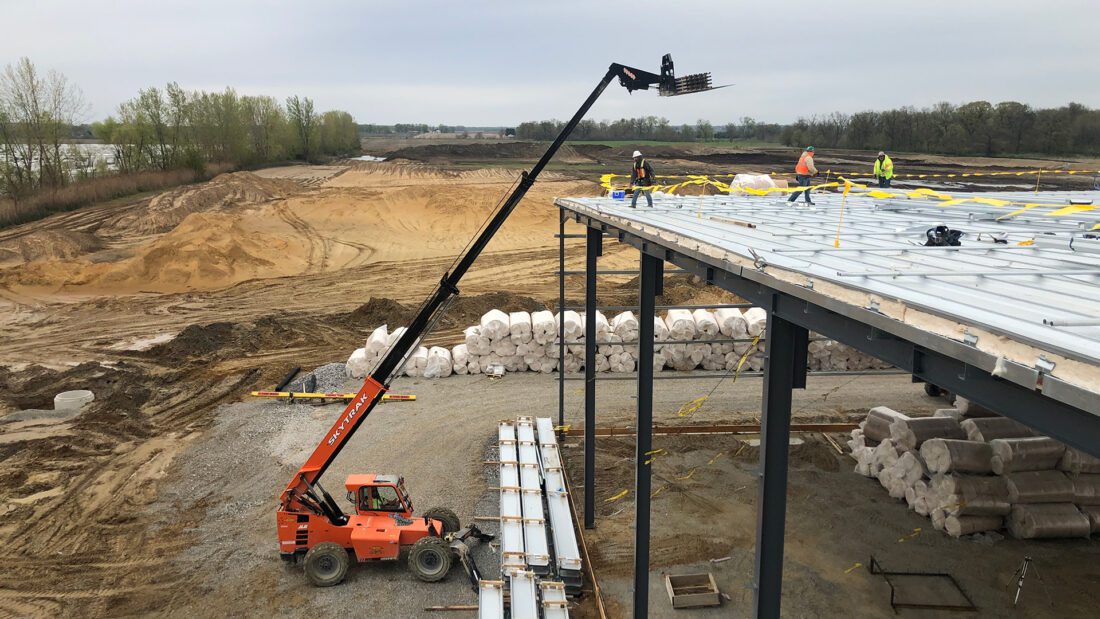Construction Scheduling: Speed and Safety Can Go Together
How to Work Safely on an Accelerated Schedule
As everyone in the industry knows, schedule changes for construction projects are a common occurrence. Typically, they involve an acceleration in the construction timeline, which puts pressure on everyone.
Schedule accelerations can occur for any number of reasons. The end user of the facility may need access sooner than expected. Unanticipated events can delay the start of a project, compressing the time available for completion: The construction site might not be immediately available—in some cases because the existing structure still needs to be demolished. The necessary permits might not be granted in time for the project to begin. And labor disputes, more common in earlier times, can also delay projects without warning. Timelines are also subject to the most uncontrollable factor of all—weather.

The Perils of Accelerated Construction Scheduling
Whatever the cause, schedule accelerations can be a real headache for project managers, and with good reason.
First of all, they’re expensive. Accelerated timelines mean unanticipated overtime payments—which can quickly send project costs soaring. There are also legal ramifications, as new agreements have to be hammered out between the project owner and contractors. And the animosity that follows can lead to a poisonous, adversarial relationship that affects the entire enterprise.
But the worst risk from an accelerated construction schedule is its impact on worker safety. The hazards of rushing in the workplace are well known. And they’re especially prevalent in the construction industry, where the use of heavy equipment and construction materials make for an inherently dangerous environment. Working at height obviously compounds these risks for workers. That makes it essential for managers to pay extra attention to worker safety—especially when accelerated schedules raise the risk of accidents.
When people are compelled to work faster than they should, they can get careless. Corners sometimes get cut, and safety becomes secondary. The pressure of having to meet a rushed deadline makes workers less deliberate and less efficient. This is a normal human response and hard to counteract once it’s in motion. The best strategy is to avoid catastrophe by preparing beforehand.

Making Workplace Safety a Priority
Safety may be a top concern on the mind of a project manager, but it must also be instilled in the workers, repeatedly and consistently. Are some of them neglecting to wear their hardhats or other protective gear? Are they skimping on important safety protocols? Patterns like these must be monitored and addressed proactively. Taking a few minutes to meet with the entire team each morning can enable leaders to restate and emphasize these priorities for everyone.
Effective organization is also an essential component of a safe and efficient worksite. Workers can waste precious time trying to locate materials or equipment that have been misplaced or mislabeled. Beyond the time-related costs, a disorganized workplace can lead to more serious problems. A chaotic environment is an inherently unsafe environment.
If rushed work schedules contribute to accidents, the opposite is also true: accidents cause delays, adding to the time pressure that created the unsafe environment to begin with. Wise managers consider these factors in planning their schedules.
Ultimately, the key to ensuring safety within an accelerated schedule begins before the first day of work. Careful planning that incorporates worst-case scenarios can stave off untold disasters.
One of the least controllable factors in any construction project is the activity of subcontractors. Every project consists of multiple moving parts that can be hard to keep track of, much less coordinate. And the subcontractors face their own challenges, of which the project owner may be unaware: shortages of workers or materials, price hikes and any number of other problems can affect their ability to perform in a timely way. It’s essential therefore for project managers to stay engaged and monitor the involvement of subcontractors at every step. Maintaining a cordial, respectful and transparent relationship with all contractors can contribute greatly to that effort.

Design-Assist—a Better Way to Plan
The traditional process of design-bid-build has long been the norm for construction projects. But it can lead to unexpected snags—and unwelcome delays. Once construction begins, managers may be confronted with change orders or requests for information (RFI) that hold up the timeline. Sometimes this is the result of inadequate communication between designers and the contractors who must actually perform the work.
Design-assist (DA) is an alternative method of procurement that can provide better results when implemented effectively. In this process, the contractors are brought in before the design is created. They can then lend their specialized expertise and insights to the architect, engineer or project manager, alerting them to potential problems and issues they might not have considered.
This method can lead directly to cost savings. Pricing estimates can be more realistic, based on real-time information. Unnecessary and redundant tasks can be eliminated.
Perhaps more importantly, the design-assist process creates a more collaborative, less adversarial relationship between project managers and contractors. When it’s properly implemented, all the participants understand and buy into the project’s goals and priorities.
Making wise choices in the planning stages can increase efficiency, lower costs, and most importantly, preserve worker safety on a construction project. And that makes the extra effort worthwhile.



